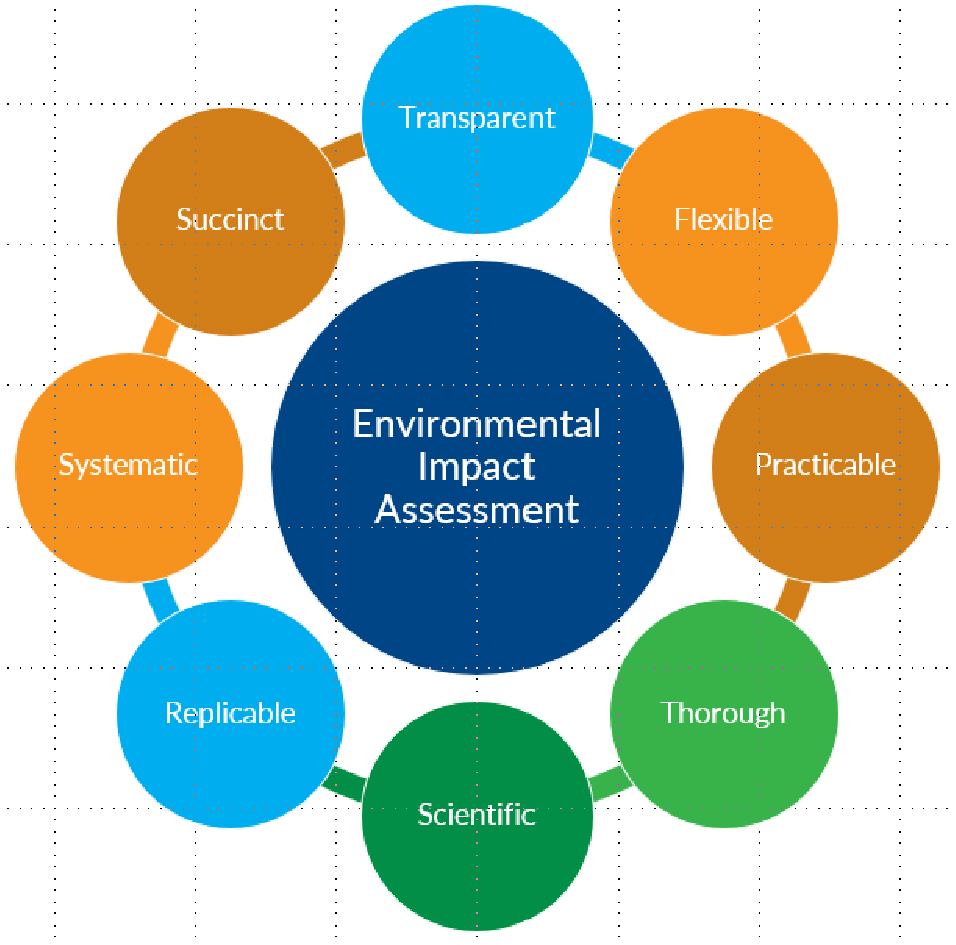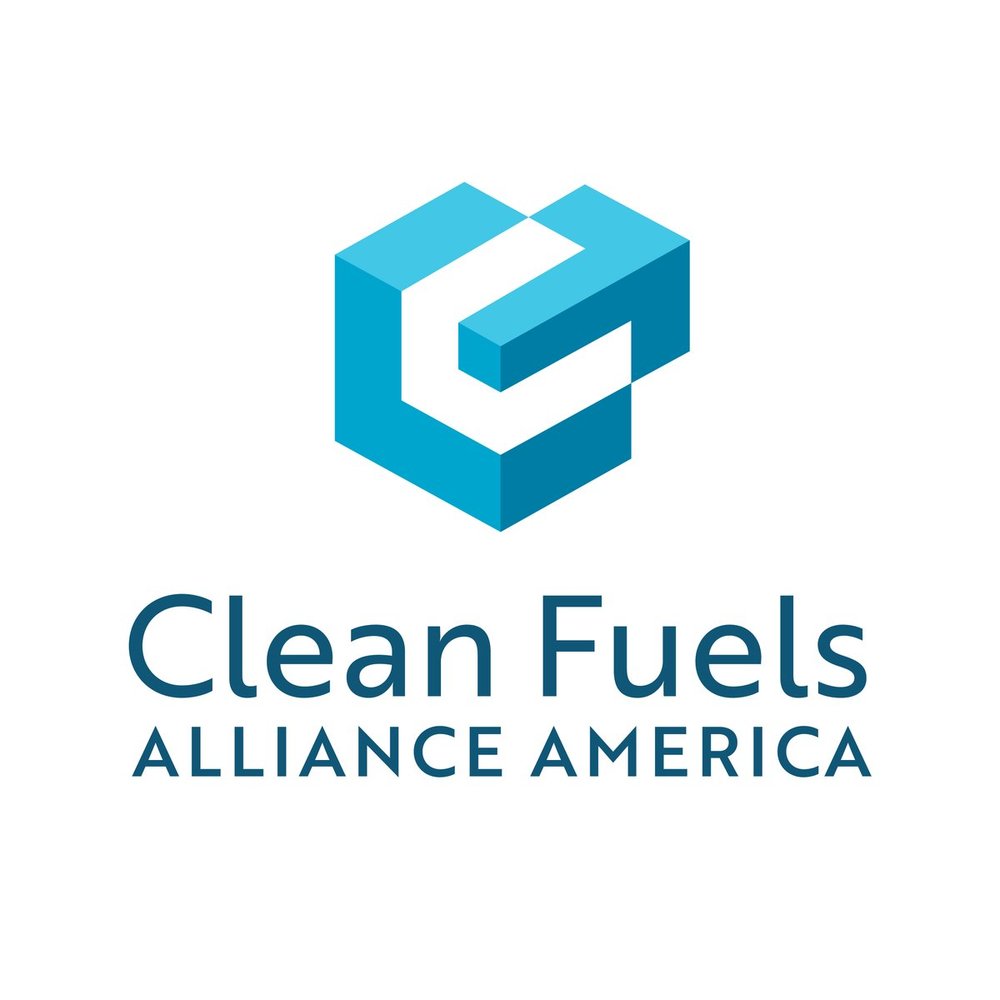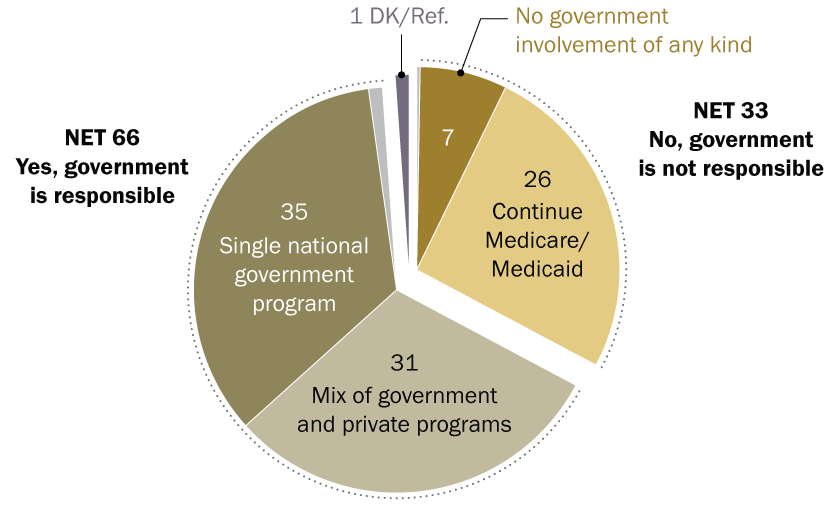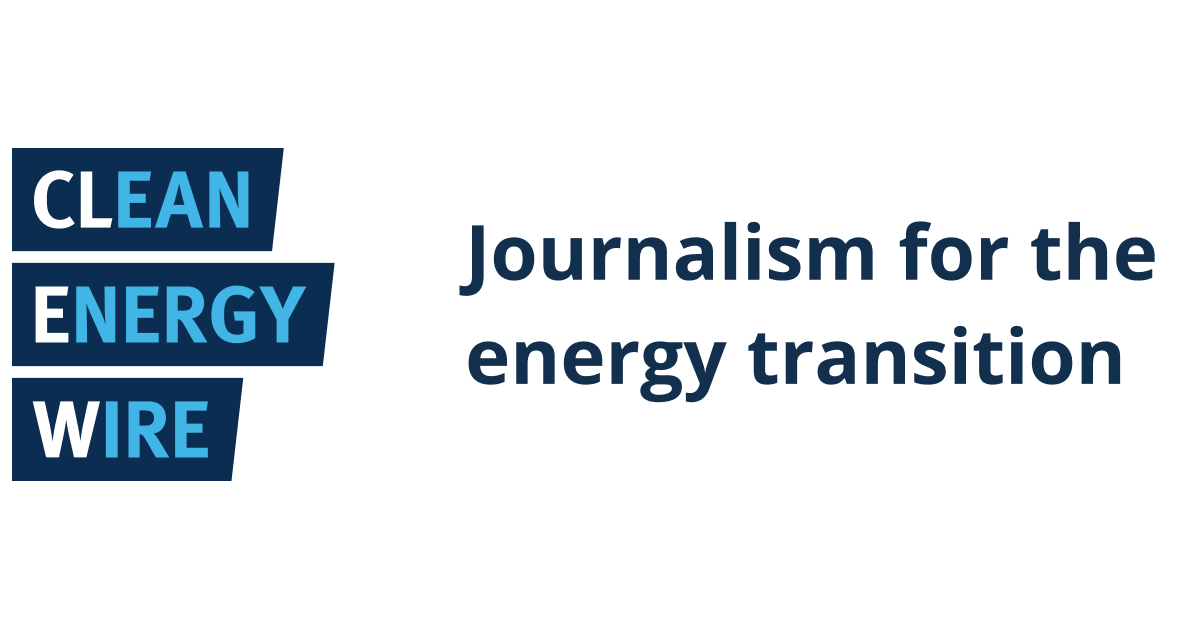US Departments of Labor, Commerce, Education unveil workforce development strategy to fuel ‘Golden Age’ of the American economy – U.S. Department of Labor (.gov)

Report on America’s Talent Strategy and Alignment with Sustainable Development Goals
Introduction
The United States Departments of Labor, Commerce, and Education have jointly published a strategic report titled “America’s Talent Strategy.” This document outlines a comprehensive vision and actionable plan to reform the federal government’s approach to workforce development. The strategy aims to align national talent development with key economic and technological shifts, with significant implications for achieving several Sustainable Development Goals (SDGs).
Core Objectives and SDG Alignment
The primary objective of the strategy is to prepare the American workforce for emerging economic opportunities by building skilled talent pipelines for critical industries and preparing for an economy increasingly driven by Artificial Intelligence (AI). This initiative directly supports the following overarching SDGs:
- SDG 8: Decent Work and Economic Growth: By focusing on creating pathways to good-paying jobs and enhancing economic productivity.
- SDG 4: Quality Education: By emphasizing skills-based training, lifelong learning, and aligning educational programs with labor market demands.
- SDG 9: Industry, Innovation, and Infrastructure: By preparing the workforce for technological advancements and strengthening industrial capacity.
Strategic Pillars and SDG Contributions
The strategy is structured around five core pillars, each contributing to specific sustainable development outcomes.
-
Demand-Driven Strategies
This pillar focuses on expanding work-based learning models, such as Registered Apprenticeships, and aligning educational curricula with career pathways in priority sectors. The goal is to ensure training programs are directly responsive to employer needs.
- SDG 4 (Quality Education): Enhances access to quality technical and vocational training (Target 4.3) and increases the number of adults with relevant skills for employment and decent jobs (Target 4.4).
- SDG 8 (Decent Work and Economic Growth): Reduces the proportion of youth not in employment, education, or training (Target 8.6) by creating direct pipelines to employment.
-
Worker Mobility
Actions under this pillar aim to increase labor force participation by identifying essential skills and credentials for in-demand jobs. It involves providing workers with personalized support, including through AI-powered tools, to facilitate career advancement.
- SDG 10 (Reduced Inequalities): Promotes the economic inclusion of all by providing targeted support to help more individuals enter the workforce and advance (Target 10.2).
- SDG 8 (Decent Work and Economic Growth): Contributes to achieving full and productive employment and decent work for all women and men (Target 8.5).
-
Integrated Systems
This pillar seeks to streamline federal workforce development programs to create a more unified and efficient system. The objective is to empower states and provide a single point of access for both workers and businesses.
- SDG 17 (Partnerships for the Goals): Embodies the principle of effective public-public partnerships by enhancing policy coherence and coordination between government departments to achieve sustainable development.
-
Accountability
The strategy emphasizes the need for improved transparency and accountability in federally funded workforce programs. This involves enhancing mechanisms for measuring success and reallocating resources to programs with proven outcomes in connecting people to quality employment.
- SDG 8 (Decent Work and Economic Growth): Ensures that public investment in workforce development effectively contributes to creating decent jobs and sustainable economic growth.
- SDG 4 (Quality Education): Promotes accountability in educational and training systems to ensure they deliver valuable and relevant skills.
-
Flexibility and Innovation
This pillar is designed to ensure the workforce can adapt to a rapidly evolving, AI-driven economy. Key actions include prioritizing AI literacy, creating new pathways to AI-related jobs, and supporting rapid reskilling and innovative training pilots.
- SDG 9 (Industry, Innovation, and Infrastructure): Upgrades the technological capabilities of industrial sectors (Target 9.5) by building a workforce proficient in emerging technologies like AI.
- SDG 4 (Quality Education): Promotes lifelong learning opportunities for all (Target 4.3) and equips learners with skills for sustainable development, including through technological literacy (Target 4.7).
SDGs Addressed in the Article
SDG 4: Quality Education
- The article focuses heavily on equipping the American workforce with relevant skills for the modern economy. This aligns with SDG 4, which aims to ensure inclusive and equitable quality education and promote lifelong learning opportunities. The strategy’s emphasis on “skills-based education pipelines,” “expanding proven work-based learning models like Registered Apprenticeships,” and preparing for an “AI-driven economy” by prioritizing “AI literacy” are all central to the goals of quality and relevant education.
SDG 8: Decent Work and Economic Growth
- The core objective of the “America’s Talent Strategy” is to “power the nation’s entry into a new Golden Age of economic growth” and “empower more Americans to access good-paying jobs.” This directly corresponds to SDG 8, which promotes sustained, inclusive, and sustainable economic growth, full and productive employment, and decent work for all. The plan to “build pipelines of skilled talent for critical industries” and “put the American Worker First” is aimed at achieving these outcomes.
SDG 9: Industry, Innovation, and Infrastructure
- The strategy aims to prepare the workforce for an “AI-driven economy,” dominate “new technological frontiers,” and support “critical industries.” This connects to SDG 9, which seeks to build resilient infrastructure, promote inclusive and sustainable industrialization, and foster innovation. The pillar of “Flexibility and Innovation” specifically mentions creating “new pathways to AI jobs” and fueling “innovation pilots,” which are key components of this goal.
SDG 17: Partnerships for the Goals
- The article announces a “milestone report” published jointly by the U.S. Departments of Labor, Commerce, and Education. This cross-agency collaboration to create a unified “America’s Talent Strategy” is a clear example of SDG 17, which emphasizes the need for partnerships to achieve sustainable development. The strategy’s pillar on “Integrated Systems” further highlights this by aiming to “streamline federal workforce development programs” and “unify access points to the system for workers and businesses.”
Specific Targets Identified
-
Target 4.4: By 2030, substantially increase the number of youth and adults who have relevant skills, including technical and vocational skills, for employment, decent jobs and entrepreneurship.
- The article is centered on this target. The strategy’s pillars explicitly mention expanding “work-based learning models like Registered Apprenticeships,” aligning “education programs to career pathways,” identifying “skills and credentials for in-demand jobs,” and prioritizing “AI literacy” and “rapid reskilling.” These actions are all designed to increase the number of adults with relevant job skills.
-
Target 8.2: Achieve higher levels of economic productivity through diversification, technological upgrading and innovation…
- The strategy’s focus on preparing the workforce for an “AI-driven economy” and dominating “new technological frontiers” directly supports this target. The plan to fuel “rapid reskilling and other innovation pilots” is a concrete action toward achieving higher productivity through technological upgrading and innovation.
-
Target 8.5: By 2030, achieve full and productive employment and decent work for all women and men…
- The article states the strategy will “empower more Americans to access good-paying jobs” and “Bring more Americans into the labor force.” This aligns with the goal of achieving full, productive employment and decent work. The focus is on connecting people with “hundreds of thousands of good-paying, in-demand jobs.”
-
Target 9.b: Support domestic technology development, research and innovation…
- While this target is often applied in a global development context, its principle is reflected in the national strategy. The plan to ensure the workforce is “prepared to adapt quickly to an AI-driven economy by prioritizing AI literacy” and “creating new pathways to AI jobs” is a form of supporting domestic technology development and innovation from a human capital perspective.
-
Target 17.14: Enhance policy coherence for sustainable development.
- The report itself, being a joint effort by the Departments of Labor, Commerce, and Education, is an example of enhancing policy coherence. The pillar on “Integrated Systems” aims to “Streamline federal workforce development programs to empower states, unify access points to the system for workers and businesses,” which is a direct action to improve the coherence of government policy.
Indicators for Measuring Progress
-
Implied Indicator: Number of participants in work-based learning and vocational training programs.
- This is implied by the “Demand-Driven Strategies” pillar, which calls to “Expand proven work-based learning models like Registered Apprenticeships.” Progress towards Target 4.4 could be measured by tracking the enrollment and completion rates in these apprenticeship and reskilling programs.
-
Implied Indicator: Rate of employment in “good-paying, in-demand jobs.”
- The “Accountability” pillar mentions improving “mechanisms for measuring success and redirecting funding to programs that are proven to connect Americans with good-paying jobs.” This implies an indicator focused on job placement rates from federally funded programs, which would measure progress toward Target 8.5.
-
Implied Indicator: Proportion of the workforce with AI and digital literacy skills.
- The “Flexibility and Innovation” pillar aims to ensure the workforce is prepared for an “AI-driven economy by prioritizing AI literacy.” Measuring the proportion of workers who have received training in or possess these skills would be a direct indicator of progress toward Targets 4.4 and 9.b.
Summary Table of SDGs, Targets, and Indicators
| SDGs | Targets | Indicators (Mentioned or Implied in Article) |
|---|---|---|
| SDG 4: Quality Education | Target 4.4: Substantially increase the number of youth and adults who have relevant skills, including technical and vocational skills, for employment, decent jobs and entrepreneurship. | Number of participants in “Registered Apprenticeships” and other work-based learning models; Proportion of the workforce with “AI literacy.” |
| SDG 8: Decent Work and Economic Growth | Target 8.2: Achieve higher levels of economic productivity through diversification, technological upgrading and innovation.
Target 8.5: Achieve full and productive employment and decent work for all. |
Number of “innovation pilots” fueled; Success rate of programs that “connect Americans with good-paying jobs.” |
| SDG 9: Industry, Innovation, and Infrastructure | Target 9.b: Support domestic technology development, research and innovation. | Number of “new pathways to AI jobs” created; Investment in preparing the workforce for an “AI-driven economy.” |
| SDG 17: Partnerships for the Goals | Target 17.14: Enhance policy coherence for sustainable development. | The existence of the joint “America’s Talent Strategy” itself; Number of “streamline[d] federal workforce development programs.” |
Source: dol.gov

What is Your Reaction?
 Like
0
Like
0
 Dislike
0
Dislike
0
 Love
0
Love
0
 Funny
0
Funny
0
 Angry
0
Angry
0
 Sad
0
Sad
0
 Wow
0
Wow
0




















































.jpg.webp?itok=0ZsAnae9#)



























